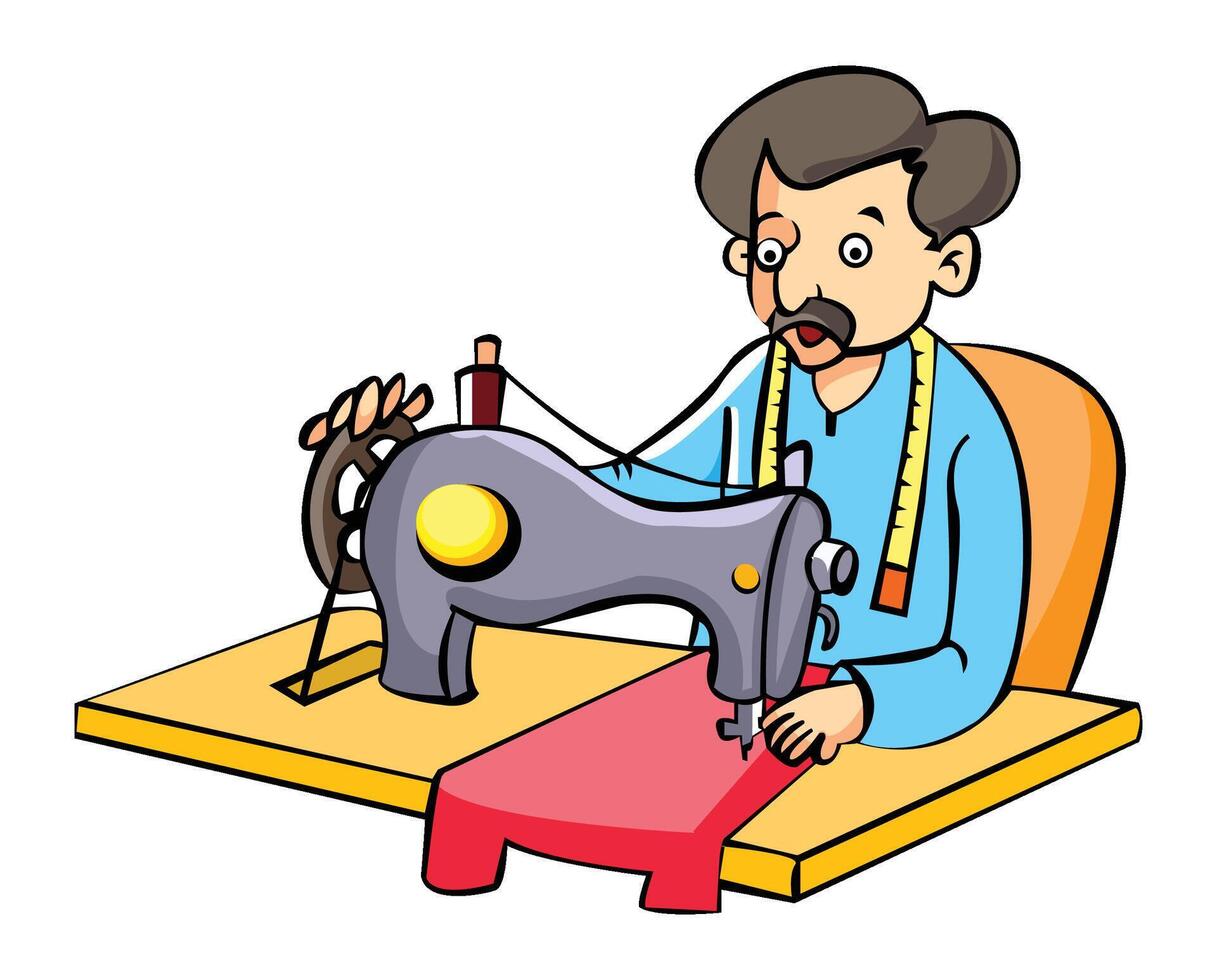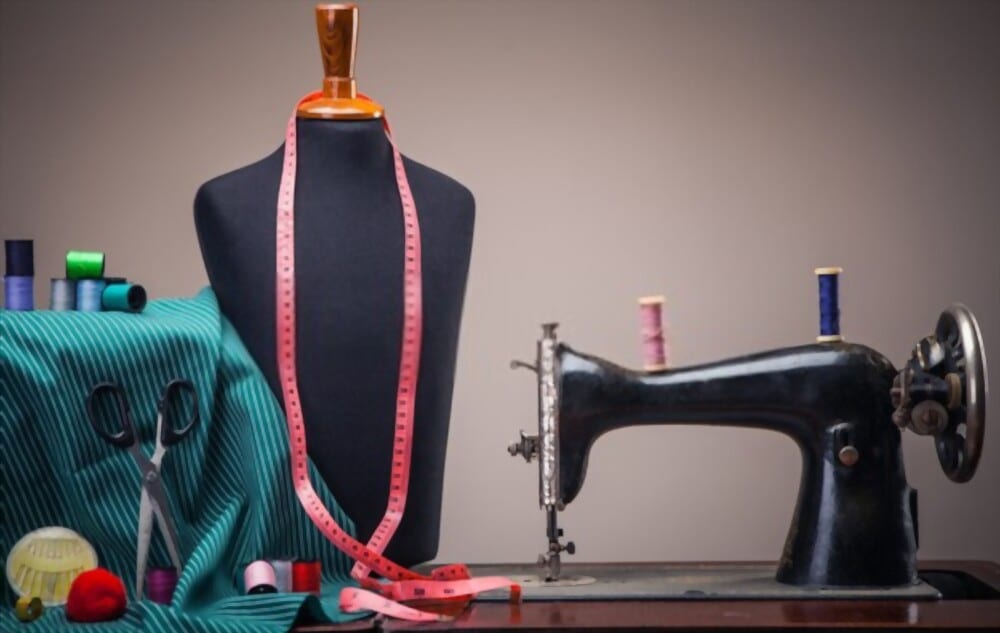Tailor Perth Quality: Where Top Quality Fulfills Personalized Tailoring
Tailor Perth Quality: Where Top Quality Fulfills Personalized Tailoring
Blog Article
Comprehending the Tailoring Refine: From Material Choice to Last Suitable for the Ideal Wardrobe
The tailoring procedure is a complicated interplay of art and scientific research, beginning with the critical choice of fabric option and culminating in the precise changes of final installations. Each fabric kind brings special qualities that affect not only the aesthetic allure however also the garment's durability and viability for different celebrations.
Relevance of Material Option
Choosing the best textile is critical in the tailoring procedure, as it directly affects the comfort, sturdiness, and general aesthetic of the final garment (tailor perth). The choice of fabric sets the foundation for the garment's efficiency, capability, and design. Different materials possess special homes, such as stretch, breathability, and weight, which can dramatically affect how the garment drapes and fits the body
Furthermore, material option affects the garment's durability and simplicity of treatment. Top notch materials can stand up to damage, keeping their appearance and framework gradually, while lower-quality products may result in pilling or fading. Additionally, the best fabric adds to the garment's ability to transition across seasons and occasions, thereby enhancing adaptability.
A customized piece made from a proper textile not just showcases workmanship yet also raises the wearer's self-confidence. Comprehending the subtleties of fabric selection is paramount for any tailoring endeavor. It makes sure that the final item not just fulfills the aesthetic wishes of the customer but likewise aligns with useful requirements, consequently accomplishing a harmonious equilibrium in between type and feature in the tailored wardrobe.
Kinds Of Fabrics and Their Usages
Comprehending the various sorts of materials available is crucial for making informed choices throughout the tailoring procedure. Each fabric has unique features that dictate its viability for details garments and events.
Its flexibility permits it to be customized into every little thing from shirts to gowns. Its all-natural elasticity assists garments keep form over time.
Silk exhibits high-end and is lightweight, making it excellent for eveningwear and delicate blouses; nonetheless, it requires cautious handling as a result of its frailty. Bed linen, with its textured surface, is a prominent selection for warm climates, supplying a ventilated and crisp feeling, but it wrinkles quickly, which may influence the garment's appearance.
Artificial materials, such as polyester and nylon, deal durability and resistance to wrinkles, making them suitable for day-to-day wear and energetic apparel. Understanding these textile kinds and their homes enables for better decision-making, guaranteeing that each tailored piece not only fits well but also aligns with the desired objective and celebration.
The Tailoring Strategies Clarified
The art of customizing depends on a selection of strategies that change textile right into well-fitted garments. Central to this procedure is pattern preparing, where a dressmaker develops layouts based upon the customer's measurements and desired design. This first action ensures that the garment will certainly fit the user effectively before any cutting takes place.
As soon as patterns are developed, cutting methods enter into play. Precision is critical as mistakes can cause misfitting garments. Tailors usually use various cutting techniques, such as single-layer reducing for complex designs and multiple-layer cutting for efficiency on typical patterns.
Basting is another crucial technique, permitting dressmakers to briefly stitch textile assemble for a preliminary fitting. This approach supplies the chance to examine the drape and overall shape prior to final stitching.
Seaming strategies, consisting of french seams and flat-felled joints, improve the garment's toughness and aesthetic charm. Tailors additionally employ strategies such as interfacing and cushioning to give structure and form to certain locations, like collars and shoulders.
Last but not least, completing strategies, including hemming and edge finishing, make certain the garment's longevity while offering a polished look. With each other, these methods form the backbone of reliable customizing, leading to exquisite, custom-fit clothing.
Suitable Modifications and Factors To Consider

Key considerations consist of the shoulder fit, which should neither sag nor restrict motion, and the sleeve length, which must enable comfy arm activity while keeping a refined appearance. Additionally, modifications at the midsection can refine the silhouette, with options to allow out or take in fabric as needed.
The surge of pants is another vital element; it should rest conveniently over the hips without triggering discomfort, enabling simplicity of activity. Hemming lengths for both find pants and skirts need to show the user's favored design while valuing proportions.

Maintaining Your Tailored Garments
Correct maintenance of tailored garments is important to protecting their fit and look gradually. To guarantee long life, normal cleaning is vital. Constantly follow the care label directions, which might recommend completely dry cleaning for fragile textiles or device cleaning for even more long lasting materials. Stay clear of constant laundering, as this can put on down the fabric and change the garment's form.
Storage space is equally crucial; use cushioned wall mounts for layers and jackets to keep go now shoulder framework, and shop trousers folded neatly or hung to avoid creasing. Shield garments from straight sunlight, which can discolor colors and damage fibers.
In addition, regular evaluations check this for minor fixings can stop larger concerns. Inspect for loose switches, fraying joints, or indications of moth damage, resolving these issues promptly to keep the garment's stability.
Lastly, take into consideration seasonal rotation. Putting on tailored items in moderation permits textiles to recuperate, extending their life expectancy. By implementing these upkeep techniques, you can ensure that your tailored garments continue to be as excellent as the day you initially wore them, improving your perfect closet for many years ahead.
Conclusion
The customizing process, incorporating fabric option, skilled methods, and accurate suitable modifications, plays a crucial duty in creating garments that boost both comfort and style. Each phase adds to the general effectiveness of the end product, guaranteeing that clothing not just fits well but also reflects individual identification. Furthermore, comprehending the relevance of upkeep prolongs the life of tailored garments, solidifying their worth in a well-curated closet. A detailed technique to tailoring culminates in a sleek and positive appearance.
Picking the appropriate textile is critical in the customizing procedure, as it straight affects the convenience, longevity, and overall aesthetic of the last garment. The selection of fabric establishes the structure for the garment's capability, efficiency, and style. Different materials have one-of-a-kind residential properties, such as weight, stretch, and breathability, which can considerably impact how the garment drapes and fits the body.
The art of tailoring depends on a selection of techniques that change material right into well-fitted garments.The customizing procedure, incorporating textile option, experienced techniques, and precise suitable modifications, plays a critical role in creating garments that enhance both comfort and style.
Report this page